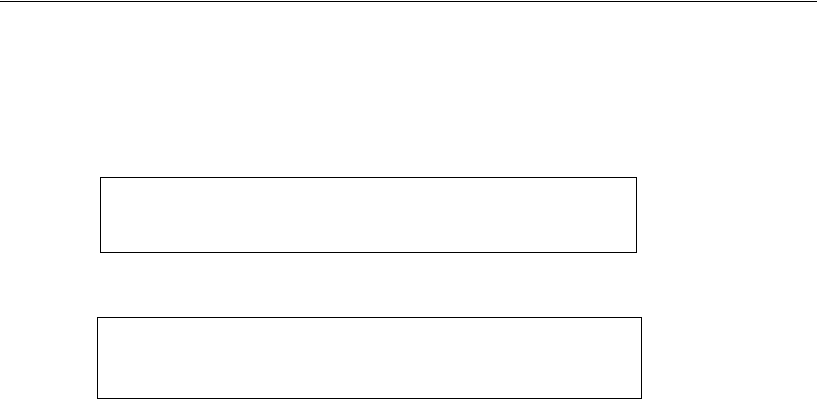
216
Example 13
Results for Model B
With the new constraints on the means, Model B has five degrees of freedom.
Model B has to be rejected at any conventional significance level.
Comparison of Model B with Model A
If Model A is correct and Model B is wrong (which is plausible, since Model A was
accepted and Model B was rejected), then the assumption of equal means must be
wrong. A better test of the hypothesis of equal means under the assumption of equal
variances and covariances can be obtained in the following way: In comparing Model
B with Model A, the chi-square statistics differ by 14.679, with a difference of 2 in
degrees of freedom. Since Model B is obtained by placing additional constraints on
Model A, we can say that, if Model B is correct, then 14.679 is an observation on a
chi-square variable with two degrees of freedom. The probability of obtaining this
large a chi-square value is 0.001. Therefore, we reject Model B in favor of Model A,
concluding that the two groups have different means.
The comparison of Model B against Model A is as close as Amos can come to
conventional multivariate analysis of variance. In fact, the test in Amos is equivalent
to a conventional MANOVA, except that the chi-square test provided by Amos is only
asymptotically correct. By contrast, MANOVA, for this example, provides an exact
test.
Multiple Model Input
It is possible to fit both Model A and Model B in a single analysis. The file
Ex13-all.amw shows how to do this. One benefit of fitting both models in a single
analysis is that Amos will recognize that the two models are nested and will
Chi-square = 19.267
Degrees of freedom = 5
Probability level = 0.002
Computation of degrees of freedom (Default model)
Number of distinct sample moments: 10
Number of distinct parameters to be estimated: 5
Degrees of freedom (10 - 5): 5
